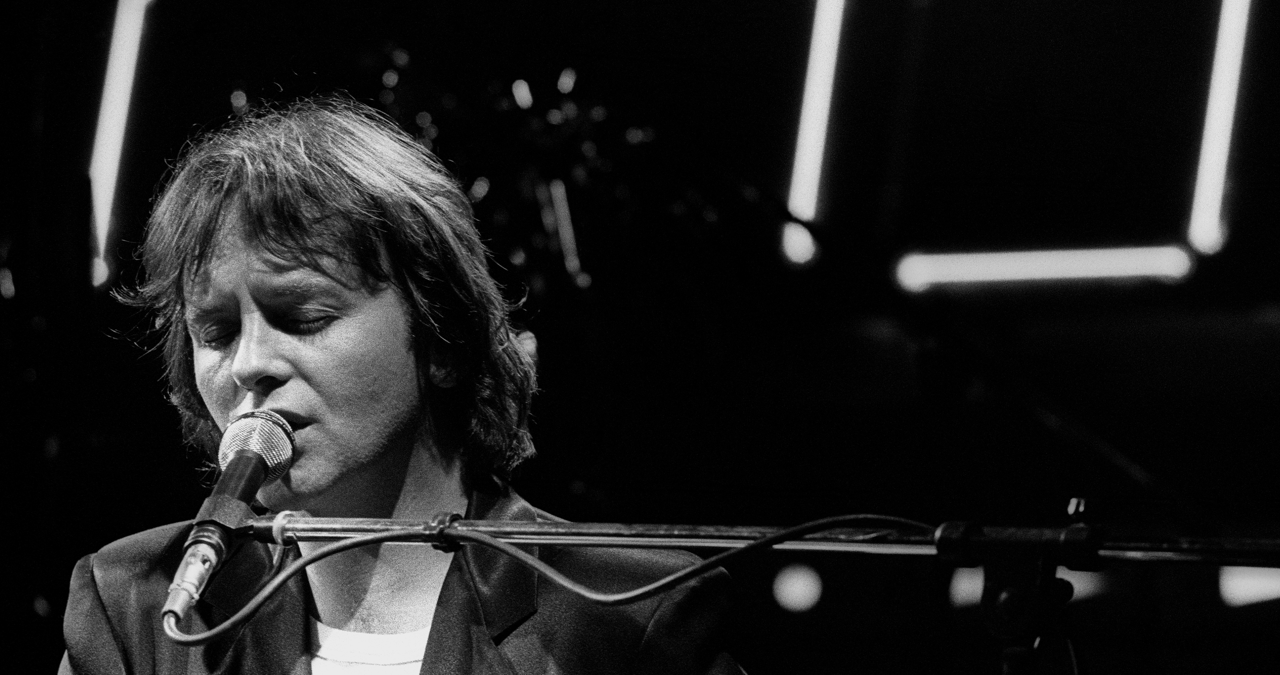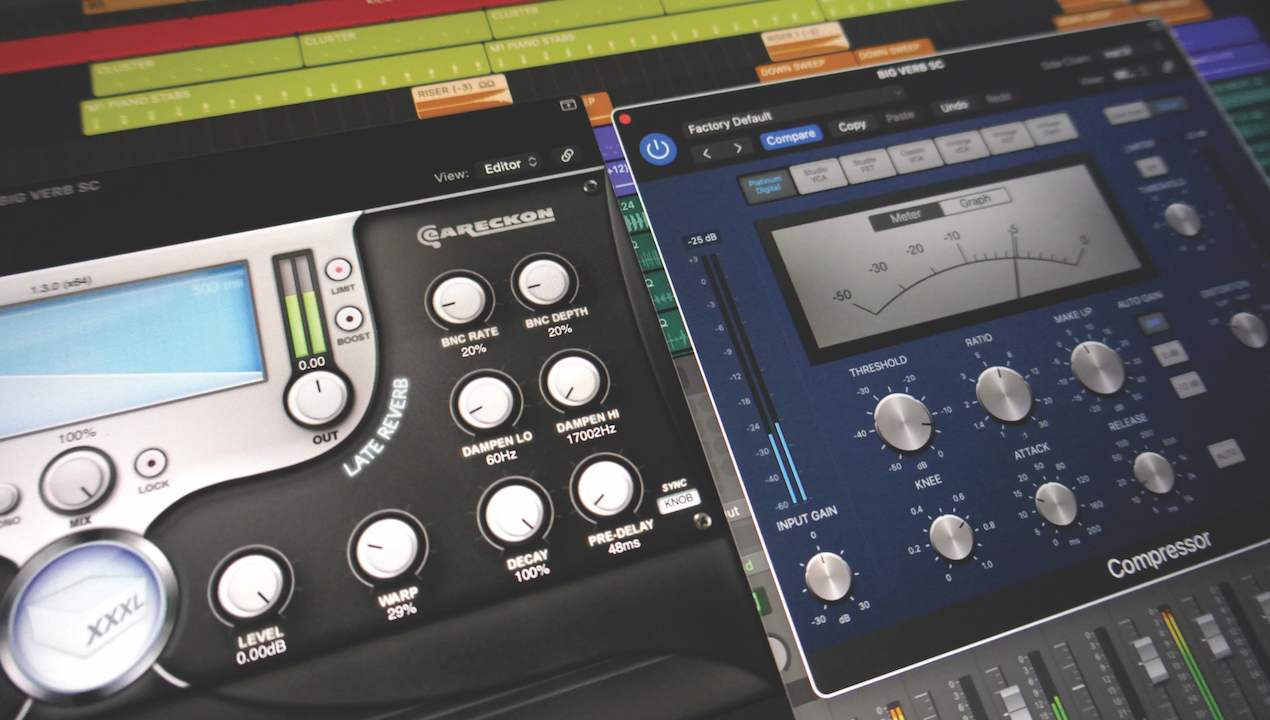“They spent hours building up hundreds of vocal tracks from single notes - then they ‘played’ a traditional mixing desk like a keyboard”: The pioneering techniques that brought static sounds to life
The extraordinary history of adding movement to flat sounds will inspire you to give your music direction and drive

Speaking in production terms, the concept of applying movement to tracks could be regarded as a relatively new phenomenon, but really - the idea of making static sounds have more depth, texture and dynamic energy goes back longer than you might thing. But, when we talk about 'movement', what is it that we are actually referring to?
The concept of adding a sense of movement and dynamism to the sonic elements of a production really is nothing new, and there have been some quite remarkable concepts over the years.
Let's start by looking at that iconic heartbreak-anthem from 1975 - I'm Not in Love by 10cc. If you’re familiar with this song, you’ll know that its backbone is a very exceptional and ethereal sounding vocal pad.
For many years, people assumed that this ethereal backdrop was created using some form of electronics, but it was actually put together by layering up vast numbers of individual notes, sung by the band themselves. It was painstaking work.
They spent many hours building up hundreds of tracks of vocal, in each case only singing a single note. The band then ‘played’ a traditional mixing desk, much like a keyboard, with each fader being turned up or down, to introduce a specific note of a chord or melodic phrase.
This impressively skilful way of working resulted in a sound which was entirely unique, while also displaying a real sense of movement, as the introduction of one note was overlaid with another.
Fast forwarding a further 15 years and synthesisers were being openly employed to create similar backdrops using the technique of subtractive synthesis.
Many sounds were fairly familiar during this period, with forms of modulation being applied at both the synthesis and effect levels, much like chorus, flanging and phasing.

One of the most exciting forms of synthesiser developments to come out of this period, was created by Wolfgang Palm and his company PPG.
He created a form of synthesis which relied on a table made up of individual waves, that could be cycled through, creating a really unique sense of movement at the actual wave level.
Wavetable synthesis, as it became known, is still very much with us today, and could be regarded as the inspiration for many of the electronic effects, that we hear in contemporary production, at least when trying to engineer movement in a track.
Korg introduced a similar concept in the 90s, using wave sequences, as found in their original Wavestation product line, and now found in their Wavestate synthesiser.
Pump to pumping
Alongside the development of movement in synthetic sound, engineers and producers discovered that side-chaining a compressor to a four-to-the-floor bass drum, could create an interesting pumping effect, which became a firm staple of house and EDM production.
Want all the hottest music and gear news, reviews, deals, features and more, direct to your inbox? Sign up here.
The problem with creating pumping effects is that it is a relatively complex process, dependent on a number of factors, not least of all the transient nature of your kick drum and the aggressiveness of your compressor.
It didn't take producers long to realise that you could create similar effects using automation within a DAW. But this was still a relatively long-winded way of creating a sense of energy and movement within a track.

Eventually, software development took over, and we have seen the inevitable rise and rise of the plugin that will do all of the hard work for us, and go far further than we thought possible.
One of the originals was made by Waves; its OneKnob series included the legendary OneKnob Pumper, which could quickly and efficiently add a pulsating pump to a track, with all the ease of merely loading in a plugin.
In more recent years there have been some notable examples, many of which have influenced iterations that may be included with any standard DAW.
The company Camel Audio produced some great effects, such as the beloved CamelSpace, which would apply forms of gating to your chosen track.
Camel Audio was bought up by Apple, before continuing their development for implementation as part of the Logic Suite, in the form of the included Step FX.
But you don't have to be in the Apple camp to enjoy extensive plugins designed to create movement. Shaperbox by Cableguys has grown into an extensive and multifaceted plugin, which will do everything from a basic pump, through to expensive filtering, panning and glitch-style patterns. In turn, this has influenced brands such as Arturia, to create EFX Motions, which will quickly and easily apply interest and pattern based carnage to an otherwise perfunctory synth pad.
There are now so many cool effects available for adding movement to your sounds, and the time-consuming work of those early pioneers like 10cc is now a distant memory of music production's past.
That being said, we have to provide a small word of caution. There is nothing so out of date as an over-used effect, so once you found your cool sound, use it sparingly.
Put it in your track when it really matters, and it will bring your production home.
Roland Schmidt is a professional programmer, sound designer and producer, who has worked in collaboration with a number of successful production teams over the last 25 years. He can also be found delivering regular and key-note lectures on the use of hardware/software synthesisers and production, at various higher educational institutions throughout the UK

